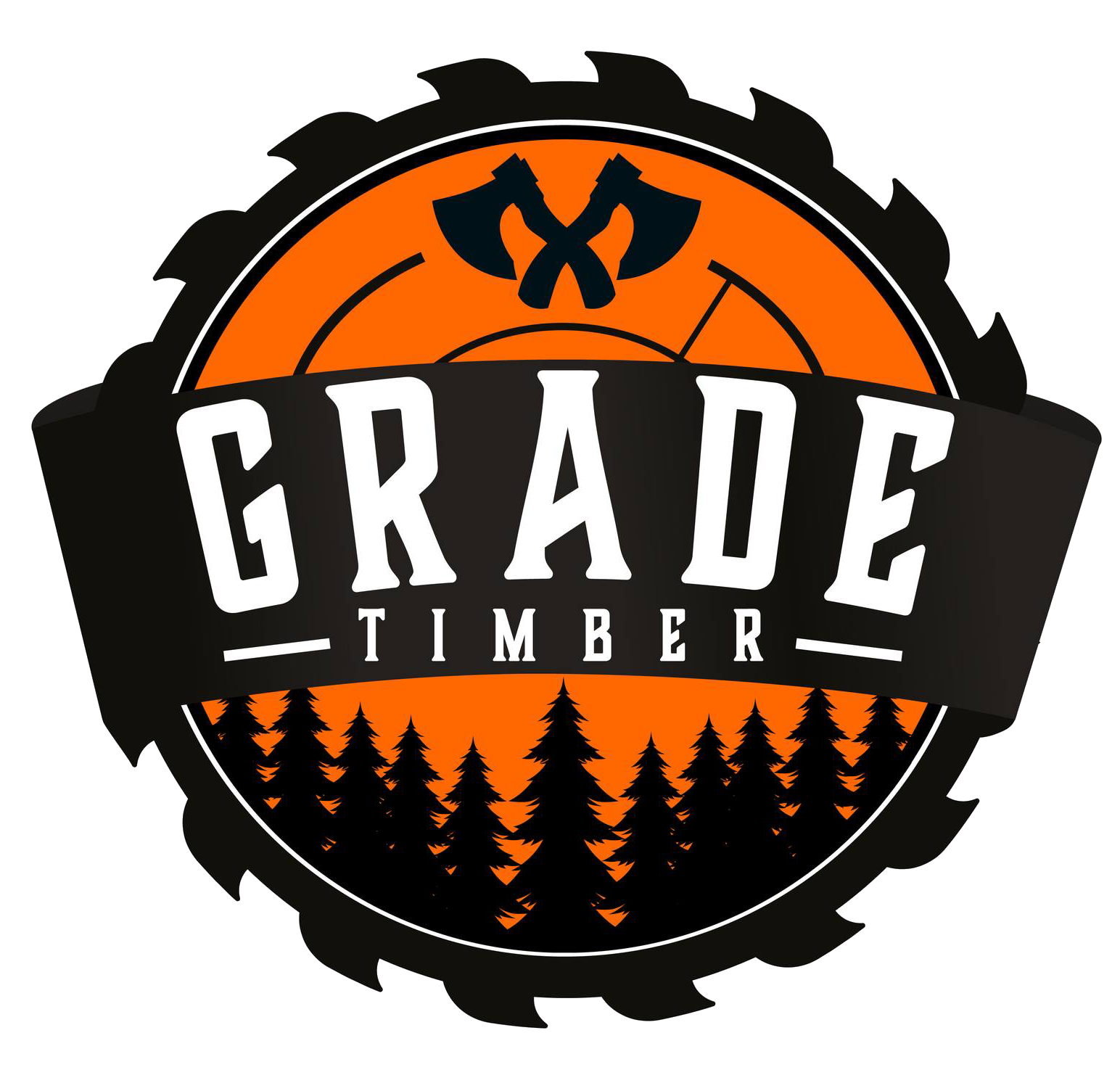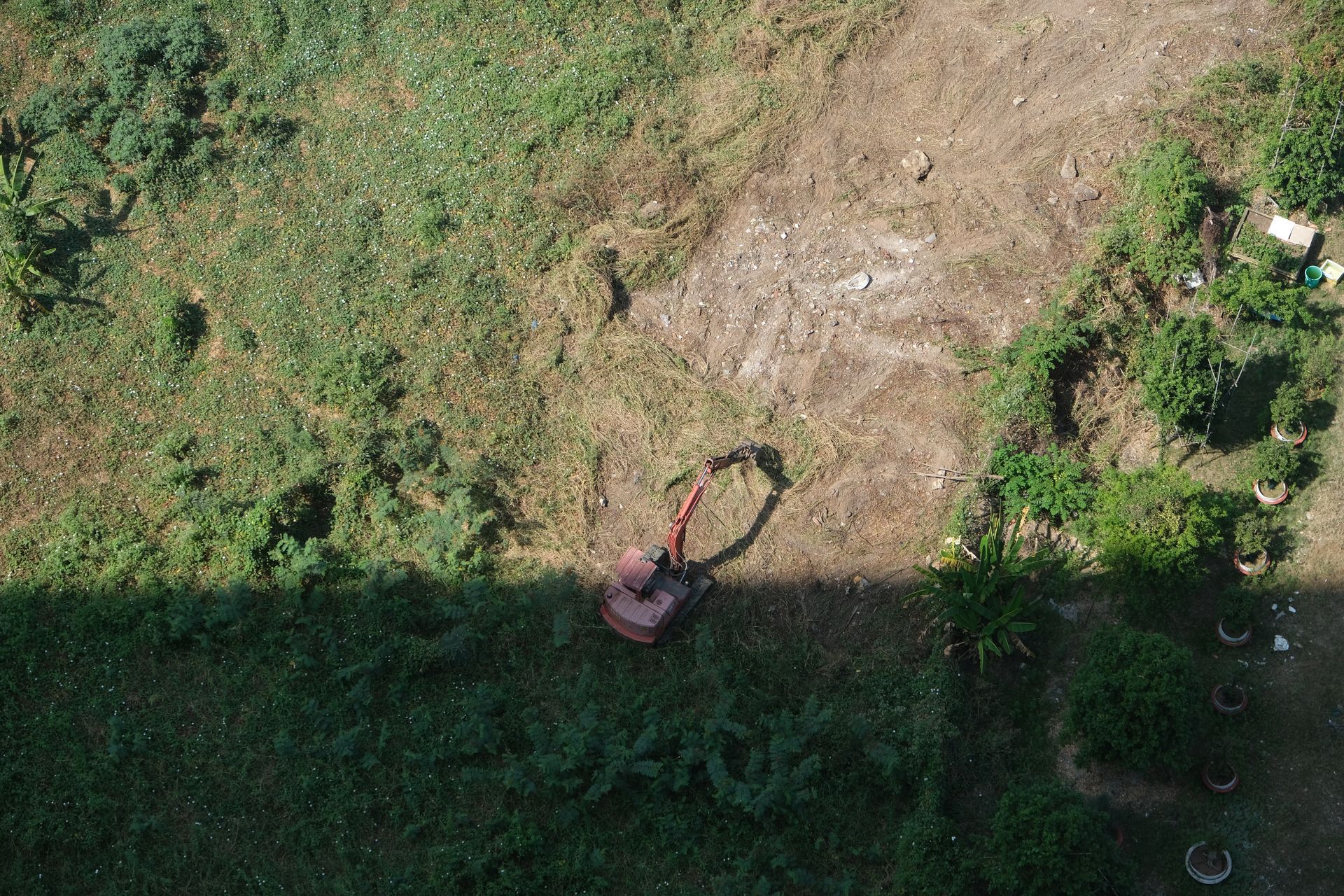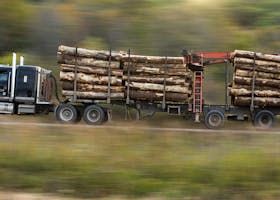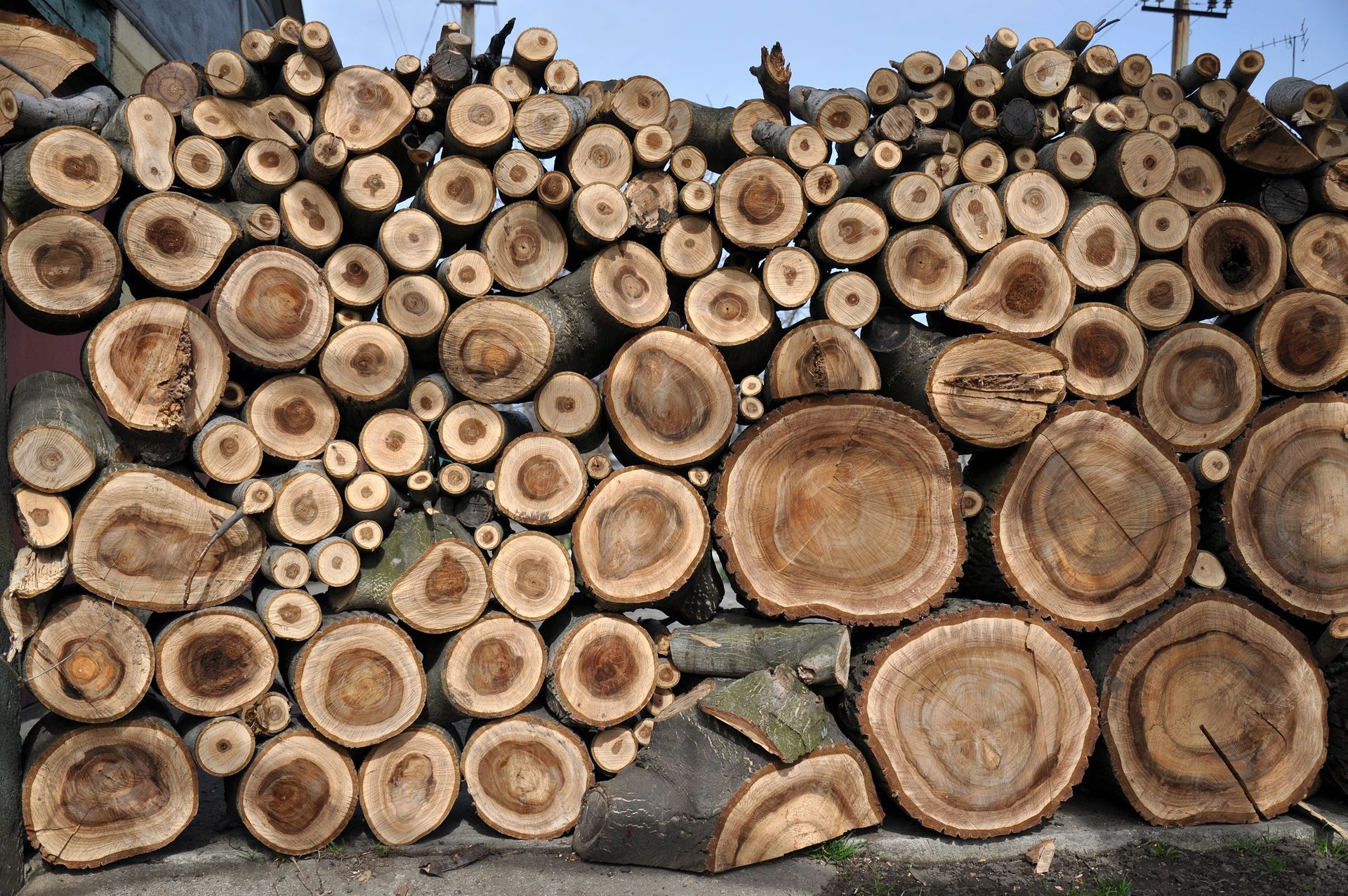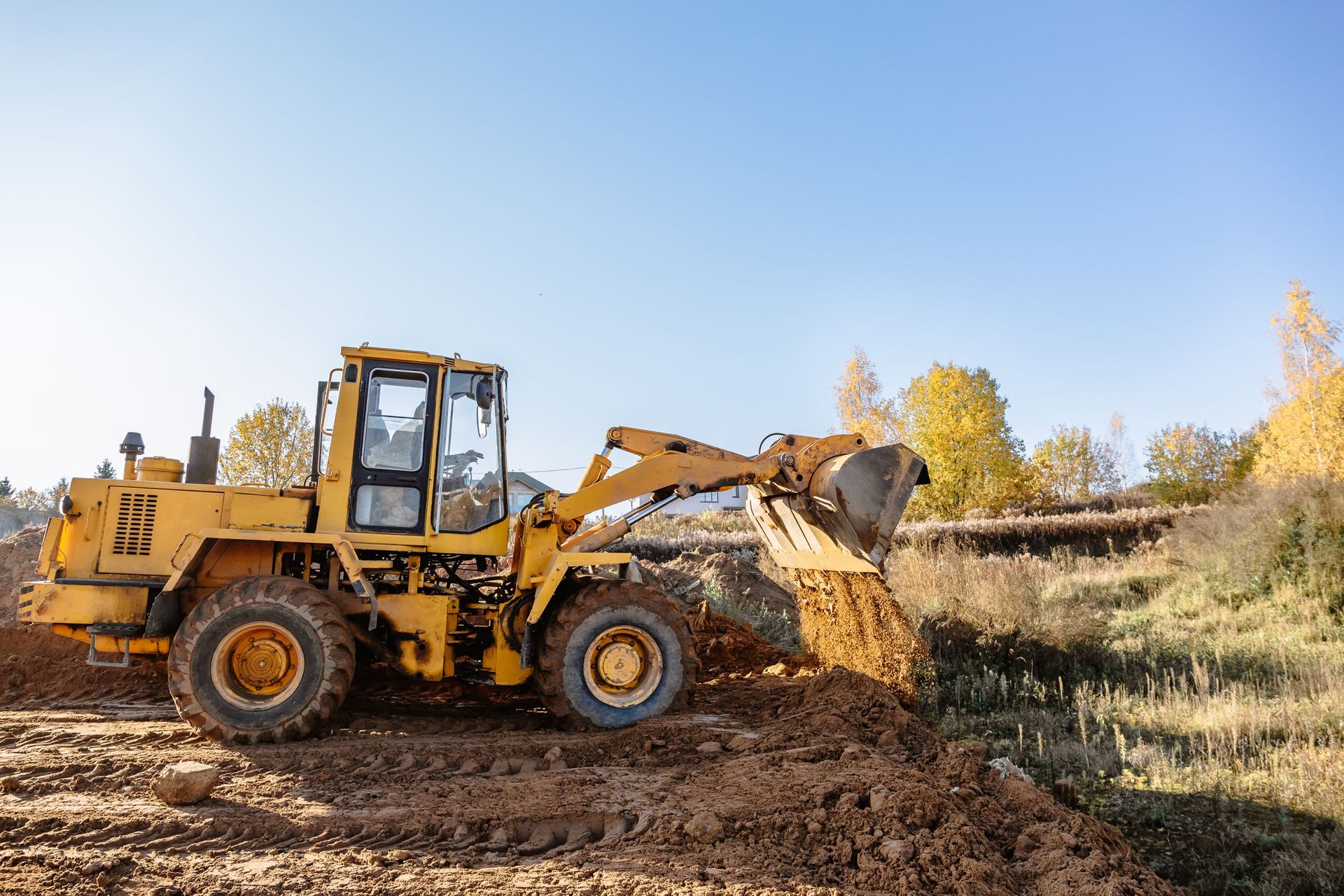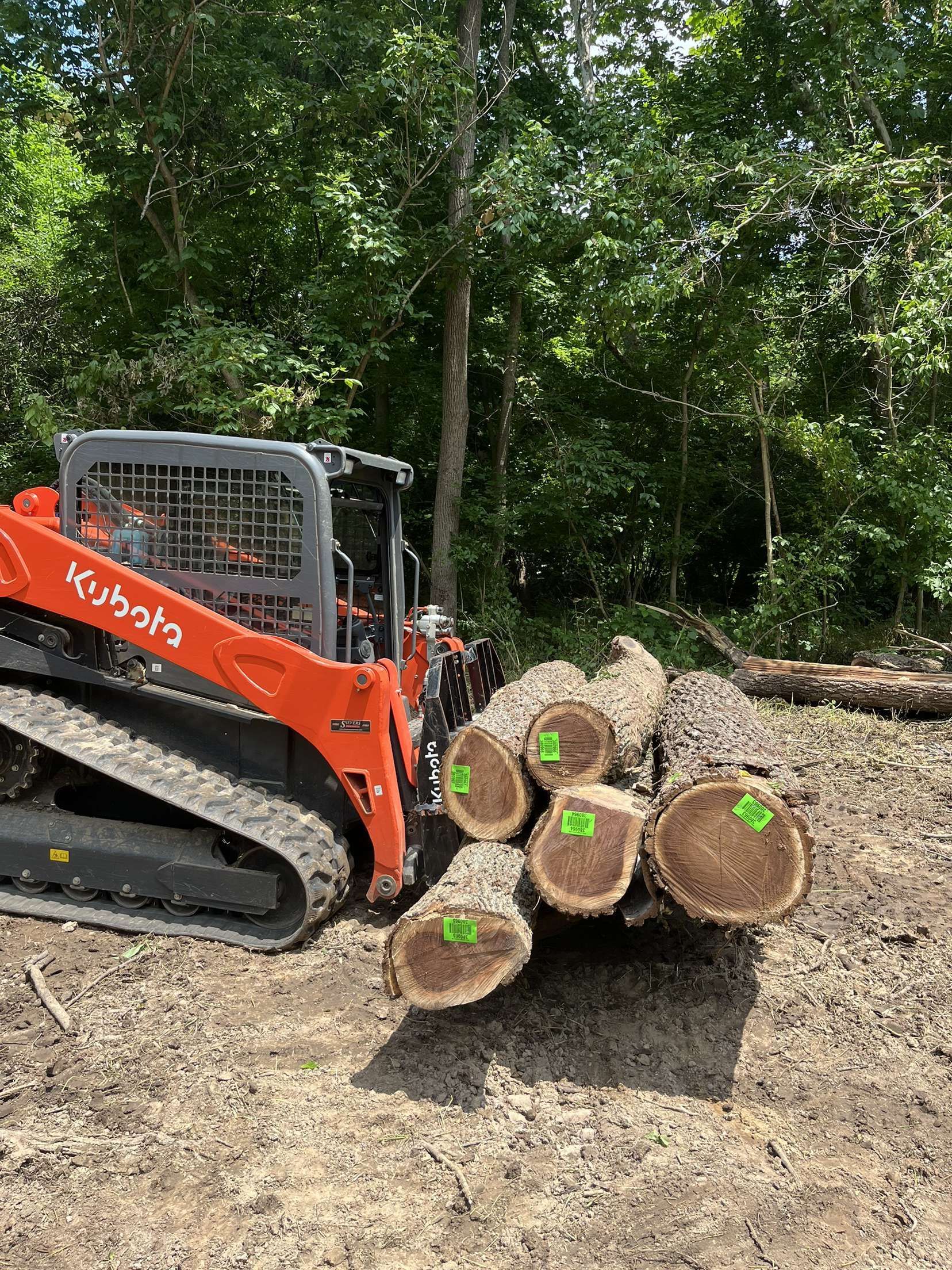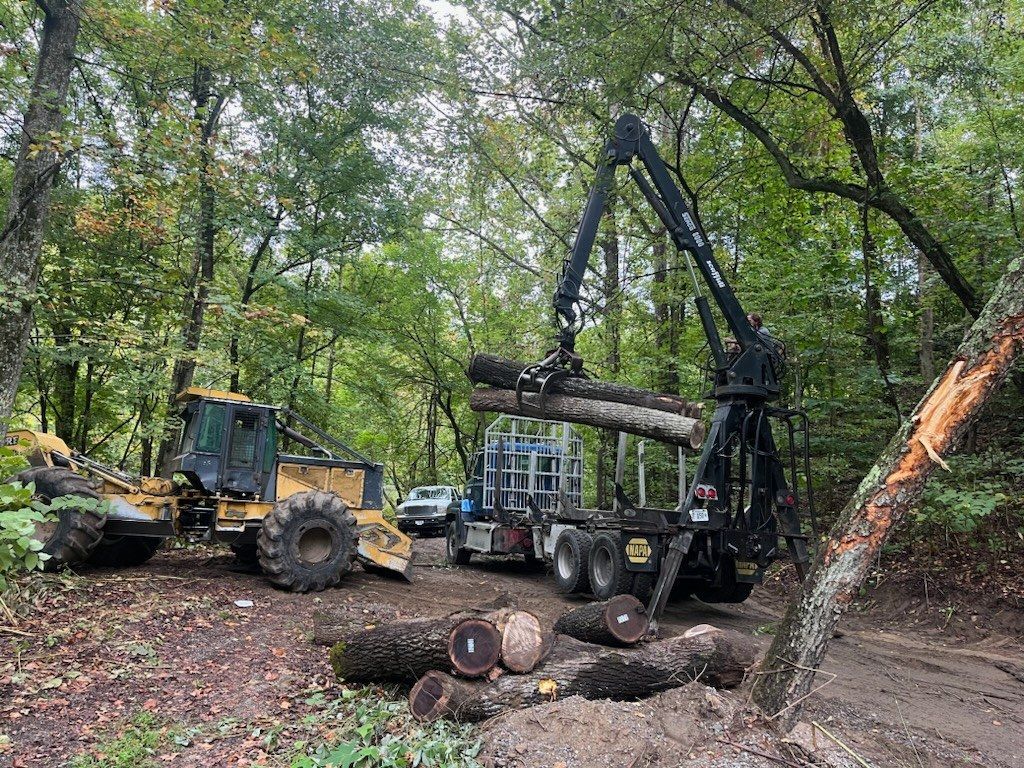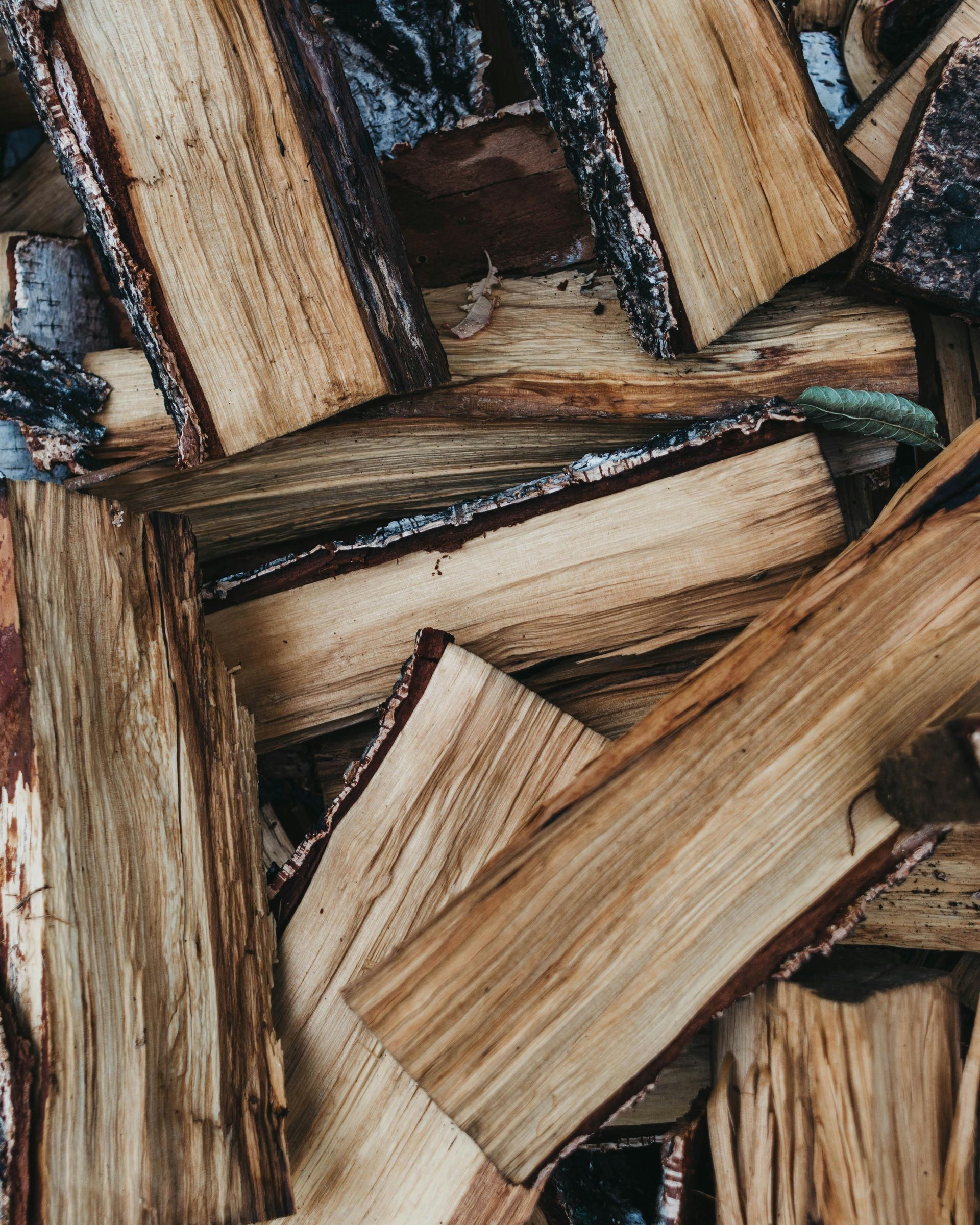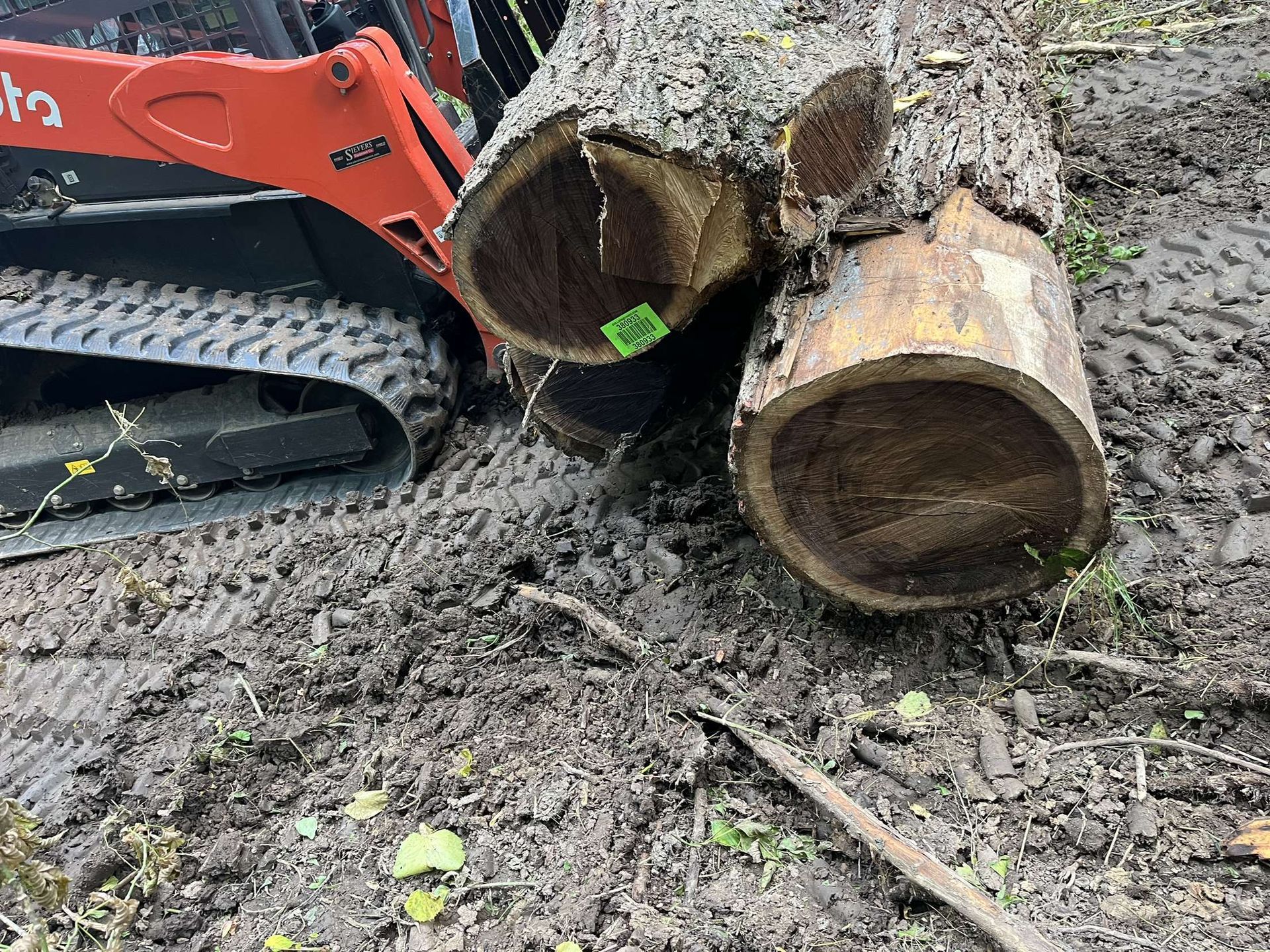The Complete Guide to Selling Walnut Timber in Illinois: What Landowners Need to Know
September 5, 2025
As a landowner in Illinois, you might be sitting on a valuable asset without even realizing it—mature walnut trees. Black walnut timber is one of the most sought-after hardwoods in the United States, prized for its rich color, durability, and versatility in furniture, flooring, and cabinetry. With the 2025 timber market showing promising trends, including recovering prices and strong demand for Illinois hardwoods, now could be an ideal time to sell walnut timber in IL. At Grade Timber, we've been helping landowners like you maximize the value of their walnut stands for years, ensuring fair deals and sustainable practices. This comprehensive guide will walk you through everything you need to know about selling walnut timber in Illinois, from valuation to harvest, positioning you to make informed decisions and avoid common pitfalls.
Learn More About Walnut Timber Buying
Whether you're in central Illinois counties like Cass or Sangamon, or further south where walnut thrives in fertile bottomlands, understanding the process is key to getting top dollar. We'll cover market insights, legal requirements, step-by-step selling strategies, and why partnering with an experienced walnut timber buyer in Illinois like Grade Timber can make all the difference. Let's dive in.
Why Walnut Timber is Valuable in Illinois
Illinois boasts some of the finest walnut-growing regions in the Midwest, thanks to its rich soils and moderate climate. Black walnut (Juglans nigra) is native here, often found in mixed hardwood forests alongside oaks and hickories. What sets walnut apart is its premium market value—far exceeding that of common species like red oak or maple.
The value of walnut timber stems from several factors:
- Quality and Grade: High-grade walnut veneer logs, free of defects like knots or rot, can fetch premium prices. For instance, straight, large-diameter trees (over 20 inches DBH—diameter at breast height) with clear boles (trunk sections) are ideal for veneer, used in high-end products. Lower grades suit lumber for furniture or gunstocks.
- Size and Volume: Larger trees yield more board feet (a standard measure: 1 board foot = 1 square foot by 1 inch thick). A single mature walnut tree can produce 500-1,000 board feet or more, depending on height and diameter.
- Market Demand: Walnut's dark heartwood and straight grain drive demand from domestic manufacturers and international exporters. In 2025, trends indicate a 30% potential increase in wood prices during the first half of the year, fueled by recovering global markets and domestic construction needs. Illinois-specific data from recent surveys shows average stumpage prices (what buyers pay for standing timber) for black walnut ranging from $830 to $3,650 per thousand board feet (MBF), with an average of $1,628/MBF. Veneer-quality logs can hit $3,232/MBF delivered, while sawlogs average around $1,941/MBF in nearby regions.
However, prices fluctuate based on location, accessibility, and economic factors. For example, walnut in southern Illinois might command higher rates due to better growth conditions, while northern stands could face competition from urban development. Export markets, particularly to Asia and Europe, have rebounded post-pandemic, pushing prices upward. At Grade Timber, our experts stay ahead of these trends, providing free appraisals to help you understand your timber's true worth in the current Illinois walnut timber market.
Navigating Illinois Timber Harvesting Regulations
Selling walnut timber in IL isn't just about finding a buyer—it's about complying with state laws to ensure a legal, sustainable harvest. Illinois has robust regulations under the Timber Buyers Licensing Act and the Illinois Forestry Development Act, administered by the Department of Natural Resources (DNR).
Key regulations include:
- Timber Buyer Licensing: All buyers must be licensed by the DNR. This protects landowners from unscrupulous operators. As of 2025, the DNR maintains a real-time list of licensed buyers, which you can verify online. Grade Timber is proudly licensed and bonded, ensuring transparency in every transaction.
- Harvest Fees and Reporting: A 4% timber harvest fee is applied to sales, funding forestry programs. Buyers must report revenues annually by March 1, including fee collections. Recent legislation like SB2073 (2025) updates these requirements for better accountability.
- Proof of Ownership and Transport: Anyone transporting timber must carry proof of ownership, such as a bill of sale or contract. New rules under SB2426 require this for all tree hauling on state highways, repealing older consent provisions to streamline enforcement. This prevents illegal logging and ensures traceability.
- Sustainable Practices: The DNR promotes plans under the Illinois Forestry Development Act, offering cost-share incentives for reforestation. Harvests must minimize environmental impact, preserving soil and water quality. For walnut, selective cutting is recommended to maintain forest health, as overharvesting can lead to erosion or invasive species invasion.
Non-compliance can result in fines or license suspension. Landowners should consult a professional forester—Grade Timber partners with certified master loggers who adhere to these rules, providing peace of mind.
Step-by-Step Process for Selling Walnut Timber in Illinois
Ready to sell? Here's a detailed roadmap to guide you through the process, drawing from our decades of experience at Grade Timber.
- Inventory Your Timber: Start by assessing your property. Walk your land to count walnut trees, measuring DBH and height. Look for signs of quality: straight trunks, minimal branching below 8-10 feet, and no visible defects like fire scars or insect damage. Tools like a diameter tape or clinometer help; or hire a forester for a cruise (inventory). In Illinois, walnut often grows in clusters, so map them for efficient harvesting.
- Get a Professional Appraisal: Don't guess—get an expert valuation. A forester or buyer like Grade Timber will scale your trees using the International 1/4-Inch Log Rule to estimate volume in MBF. Factors like market trends (e.g., 2025's upward pricing for hardwoods) and local demand influence the offer. We provide free, no-obligation appraisals, often revealing hidden value in veneer-grade logs.
- Select a Reputable Buyer: Choose wisely. Look for licensed walnut timber buyers in Illinois with a track record. Avoid lowball offers from fly-by-night operators. Grade Timber specializes in walnut, offering competitive bids based on current stumpage reports. We handle everything from marking trees to cleanup.
- Negotiate and Sign a Contract: A solid contract outlines payment terms (lump sum vs. per-unit), harvest timeline, boundaries, and liability. Include clauses for damage protection and reforestation. In Illinois, contracts must comply with DNR guidelines. At Grade Timber, our contracts are clear and landowner-friendly.
- Oversee the Harvest: Professional loggers use low-impact methods, like directional felling to avoid damaging residual trees. Walnut harvesting typically occurs in winter to minimize soil compaction. Expect skidding (dragging logs) to a landing site, then loading onto trucks.
- Receive Payment and Post-Harvest Care: Payment follows scaling at the mill. Deduct fees and taxes. Afterward, focus on site restoration—planting new seedlings qualifies for DNR incentives.
This process can take 3-6 months, but with Grade Timber, it's streamlined for efficiency.
Common Pitfalls When Selling Walnut Timber in IL
Many landowners stumble here, costing them thousands. Avoid these:
- Undervaluing Your Timber: Without an appraisal, you might accept below-market offers. Recent data shows walnut prices varying widely—don't settle for less than $1,500/MBF average.
- Poor Contract Terms: Vague agreements lead to disputes. Insist on specifics like cleanup responsibilities.
- Environmental Oversights: Ignoring regulations can invite fines. Unsustainable cuts degrade your land's future value.
- Choosing the Wrong Buyer: Unlicensed operators may underpay or damage property. Always verify via DNR's list.
Grade Timber mitigates these risks with expert guidance and ethical practices.
Why Partner with Grade Timber as Your Walnut Timber Buyer in Illinois
As a family-owned, licensed walnut timber buyer in Illinois, Grade Timber stands out for our commitment to landowners. We offer top market prices, sustainable harvesting, and full-service support—from appraisal to export. Our team, led by experienced foresters, ensures you get maximum value while preserving your forest's health. We've helped countless IL landowners turn walnut stands into profitable ventures, with testimonials praising our transparency and fair deals.
In a market where trends favor sellers in 2025, our insights into demand for Illinois hardwoods give you an edge. Plus, we handle all logistics, including transport compliance.
Final Thoughts: Maximize Your Walnut Timber Sale Today
Selling walnut timber in Illinois can be a lucrative opportunity if done right. By understanding value drivers, navigating regulations, following a structured process, and avoiding pitfalls, you'll secure the best outcome. With rising prices and strong demand in 2025, there's no better time to act.
Ready to sell walnut timber in IL? Contact Grade Timber today for a free appraisal. Visit www.gradetimber.com or call us to discuss your property. Let's turn your trees into treasure—responsibly and profitably.
